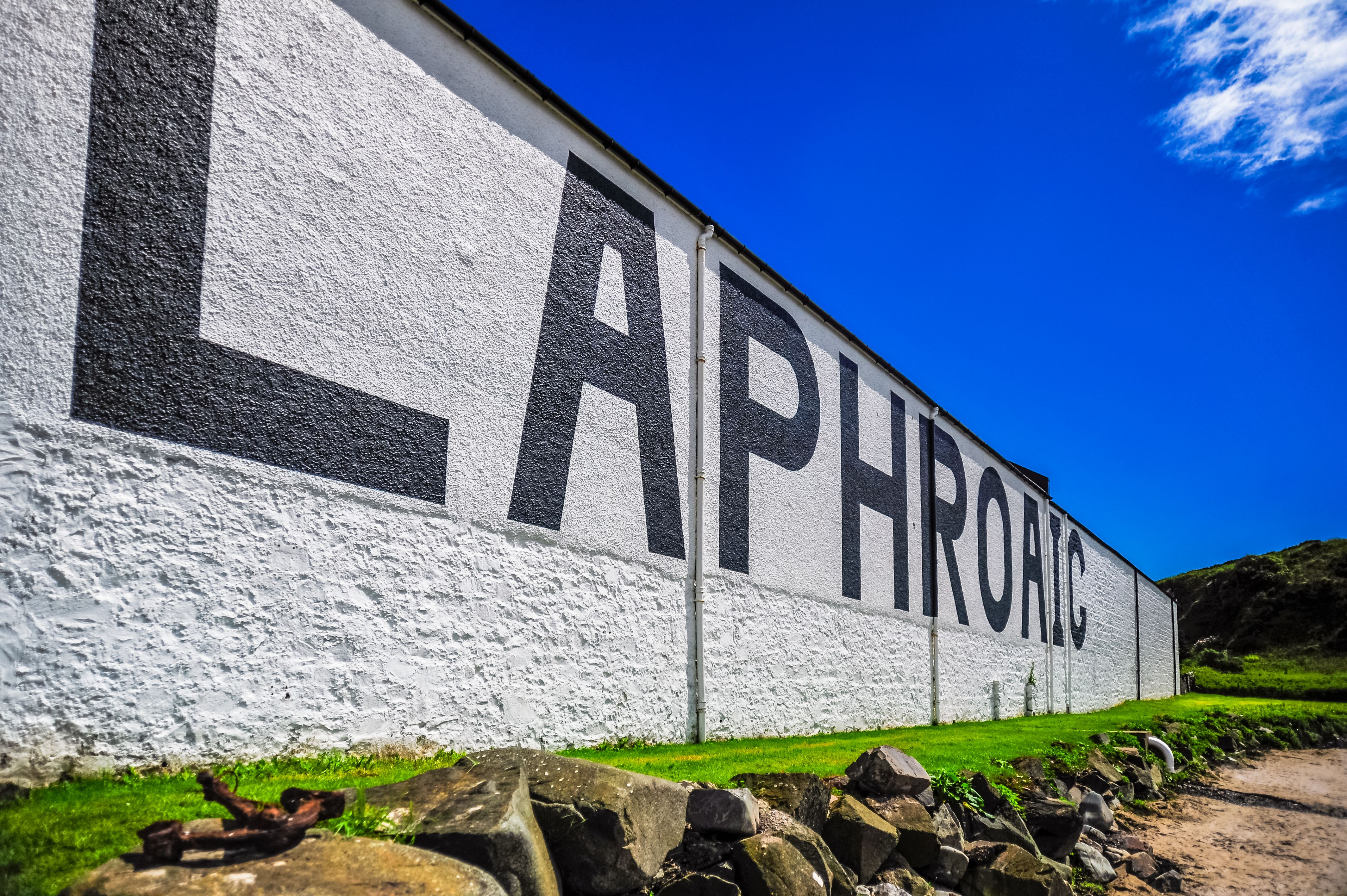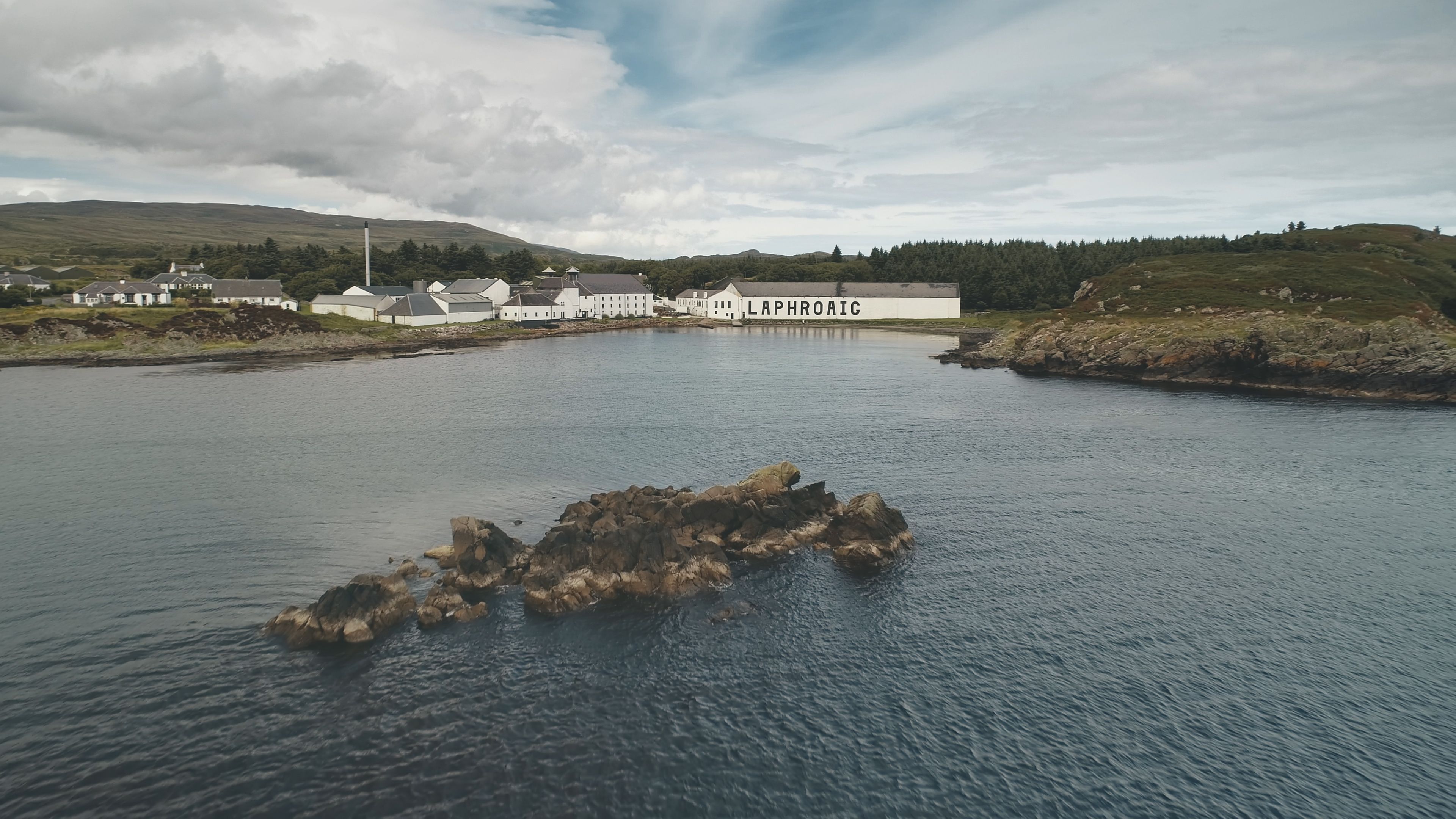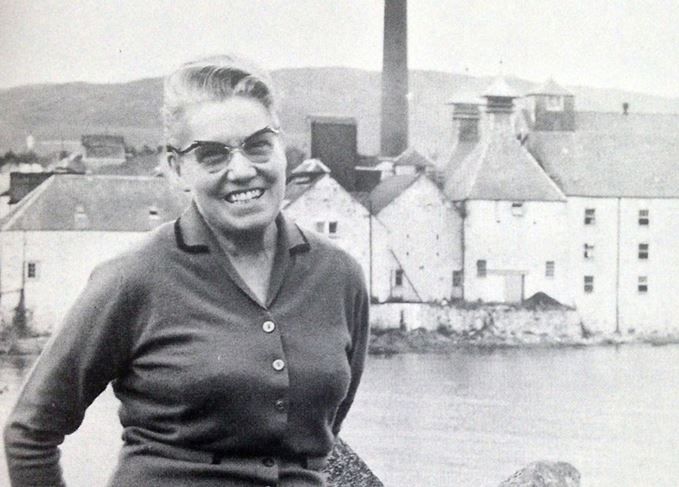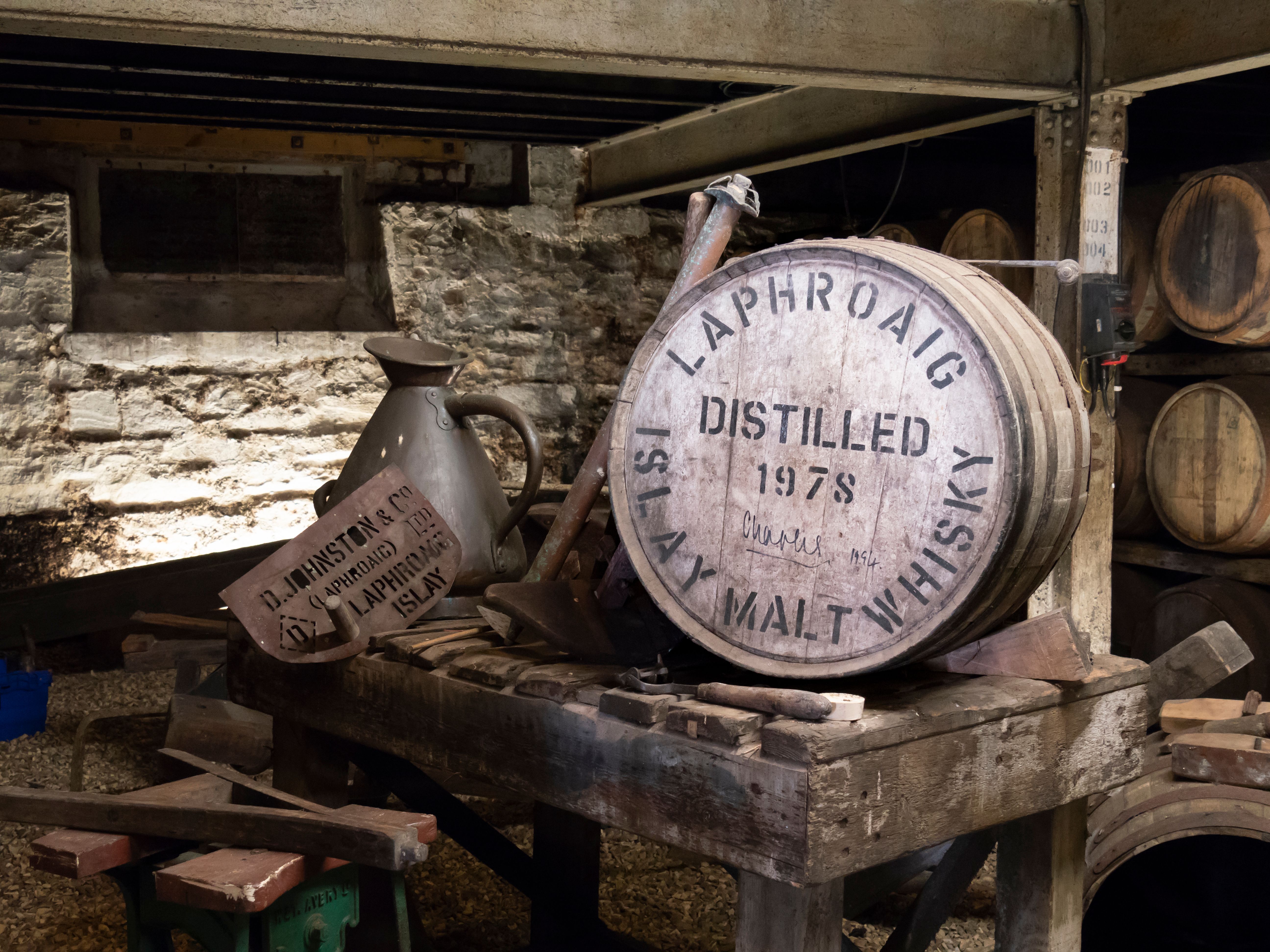
Laphroaig: Iconic Islay Whisky and a Smart Investment Opportunity

Victoria O'Brien
Head of Content at London Cask Traders
The Iconic Taste of Islay: Laphroaig
Want to know more about Laphroaig whisky? Learn why this particular island malt is so legendary, and a great example of whisky investment potential.
Laphroaig (pronounced 'La-froig') is more than just a whisky; it’s an emblem of Islay, one of Scotland's most famous whisky-producing islands. For over two centuries, this remarkable whisky (famous for its peated, smoky and maritime brine flavour profile) has been synonymous with the island’s heritage, craftsmanship, and enduring appeal.
The name 'Laphroaig' translates from Gaelic as "the beautiful hollow by a broad bay," and its coastal location tells you everything you need to know about why Laphroaig is so sought after. Perched on the southern shore of Islay’s rugged terrain, Laphroaig's distillery harnesses this Hebridean island's harsh natural elements (including peat harvested by hand, and water from the Kilrade stream) to create one of the most distinctive and celebrated single malts in the world.

Laphroaig's origins and history: a story of resilience and ingenuity
Laphroaig's story began in 1815, when brothers Alexander and Donald Johnston realised that barley, normally used for feeding livestock during the winter, could also be used to craft whisky. By the end of that year, their whisky business was more profitable than farming, and by 1907 Laphroaig’s distinctive peaty flavour had become so coveted that a rival distillery on the island, Lagavulin, actually blocked off their water supply (a string of court cases resulted in Laphroaig buying the surrounding land).
During the 1920s Ian Hunter, a descendent of the original Johnston founders, persuaded US prohibition authorities that Laphroaig was not really whisky at all, and was allowed to sell it in the US under the label of 'Medicinal Spirit'. This revitalized Laphroaig, doubling the distillery’s output. Ian Hunter then re-engineered the malting floor to incorporate sea air and introduced a more efficient distillation process. It was Hunter’s influence that solidified Laphroaig’s legacy as a whisky of unique character and global acclaim.
After Ian Hunter, Bessie Williamson took over the distillery in 1954. Bessie had initially arrived for a summer job, but became the first female distillery owner in Scotland, cementing her place in whisky history. She continued Hunter’s work, introducing the practice of maturing whisky in ex-Bourbon casks, a method still used today.

Laphroaig’s whisky-making process: a legacy of craftsmanship
Laphroaig’s unique flavour profile stems from its environment, production methods, and meticulous attention to detail. The whisky begins with barley, which is soaked in water from the Kilbride stream and spread across the malting floor. Here, the barley is turned daily ('tricking the grain into thinking it's Springtime' as Laphroaig's distillers describe it), allowing it to germinate slowly and absorb salt from the Atlantic breeze, infusing the grain with a distinct sea-salty, maritime character.
The next critical step is drying the barley in Laphroaig’s peat kilns. The smoke from the peat provides the whisky’s signature smoky, medicinal taste. The barley is then mashed, fermented, and distilled in one of Laphroaig's seven copper stills.
After distillation, the whisky is matured in oak, predominantly ex-Bourbon casks from Maker’s Mark in Kentucky. These casks impart caramel, vanilla, and spice notes, balancing the intense peatiness of Laphroaig with sweetness and complexity. The maturation process is crucial, with the whisky expanding and contracting in the barrels due to seasonal changes in temperature, absorbing the flavours of the wood and surrounding environment.

Investing in provenance: the value of authenticity and heritage
Provenance plays a crucial role in any cask's value, and Laphroaig offers the ideal blend of heritage, scarcity, and demand. Casks from distilleries with a rich history, like Laphroaig, are always in high demand from both collectors and investors, and the authenticity of whisky made and matured in remote island regions like Islay, undoubtedly adds value.
Crucially, however, it's Laphroaig’s distinctive peat-based production which means its casks are even more likely to continue rising in value. The extraction of peat is set to face restrictions in the future, with environmental groups pushing for a potential ban by 2030.
As Oliver Court, managing director of London Cask Traders confirms:
'Laphroaig's traditional methods, and other distilleries using peat in their process, are likely to become increasingly scarce, driving up the value and rarity of existing stocks with fewer barrels in circulation over time. If you are looking to invest in peated Island malts, now is a great time.'
Let Our Experts Guide You
The whisky experts at London Cask Traders are here to help you every step of the way. Our experienced team will hand-select the most promising casks and bottles to help drive maximum returns and enhance your collection’s value. We’ll use our expertise and industry knowledge to help ensure you make savvy choices you can raise a dram to.

Victoria O'Brien
Head of Content at London Cask Traders
